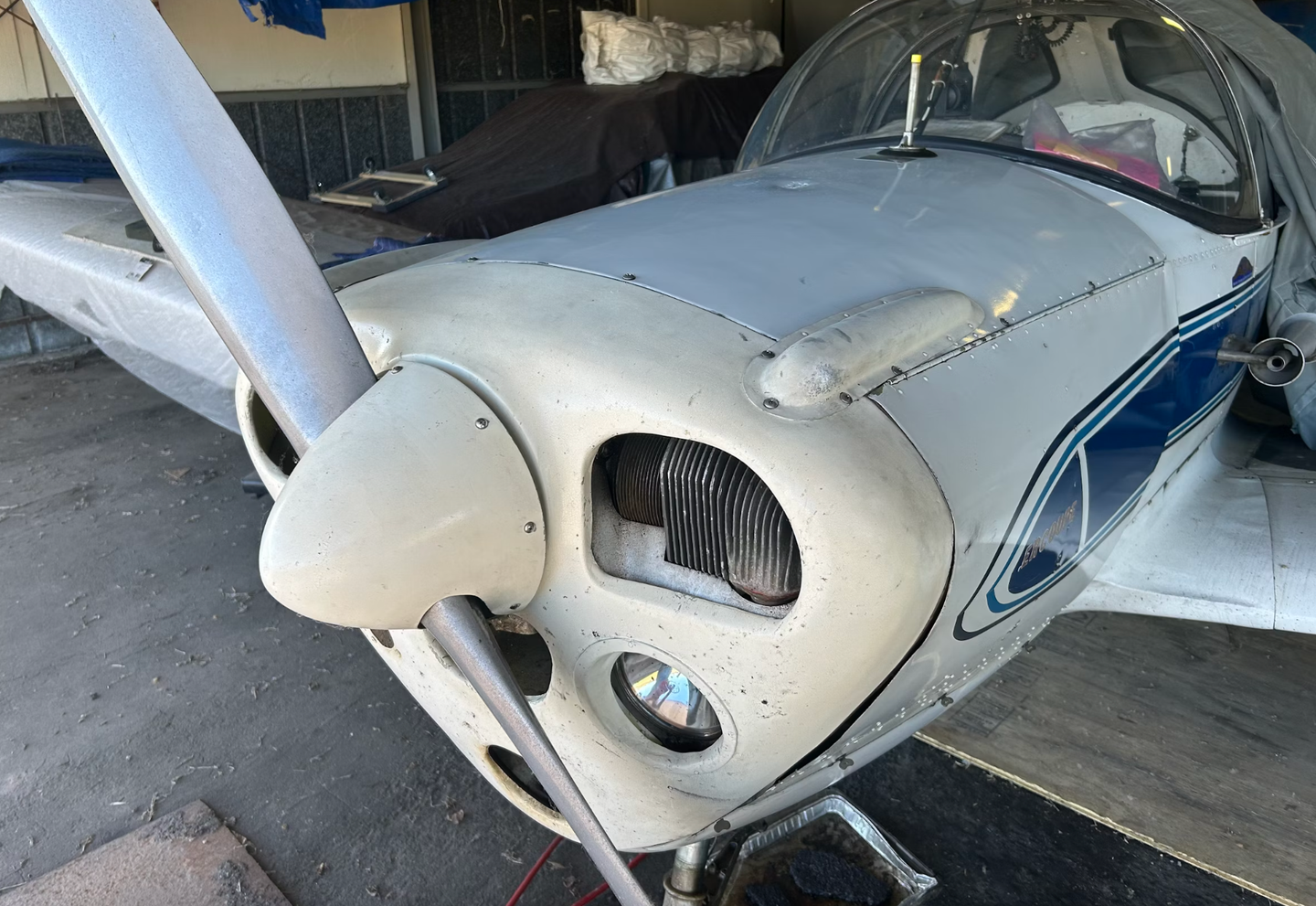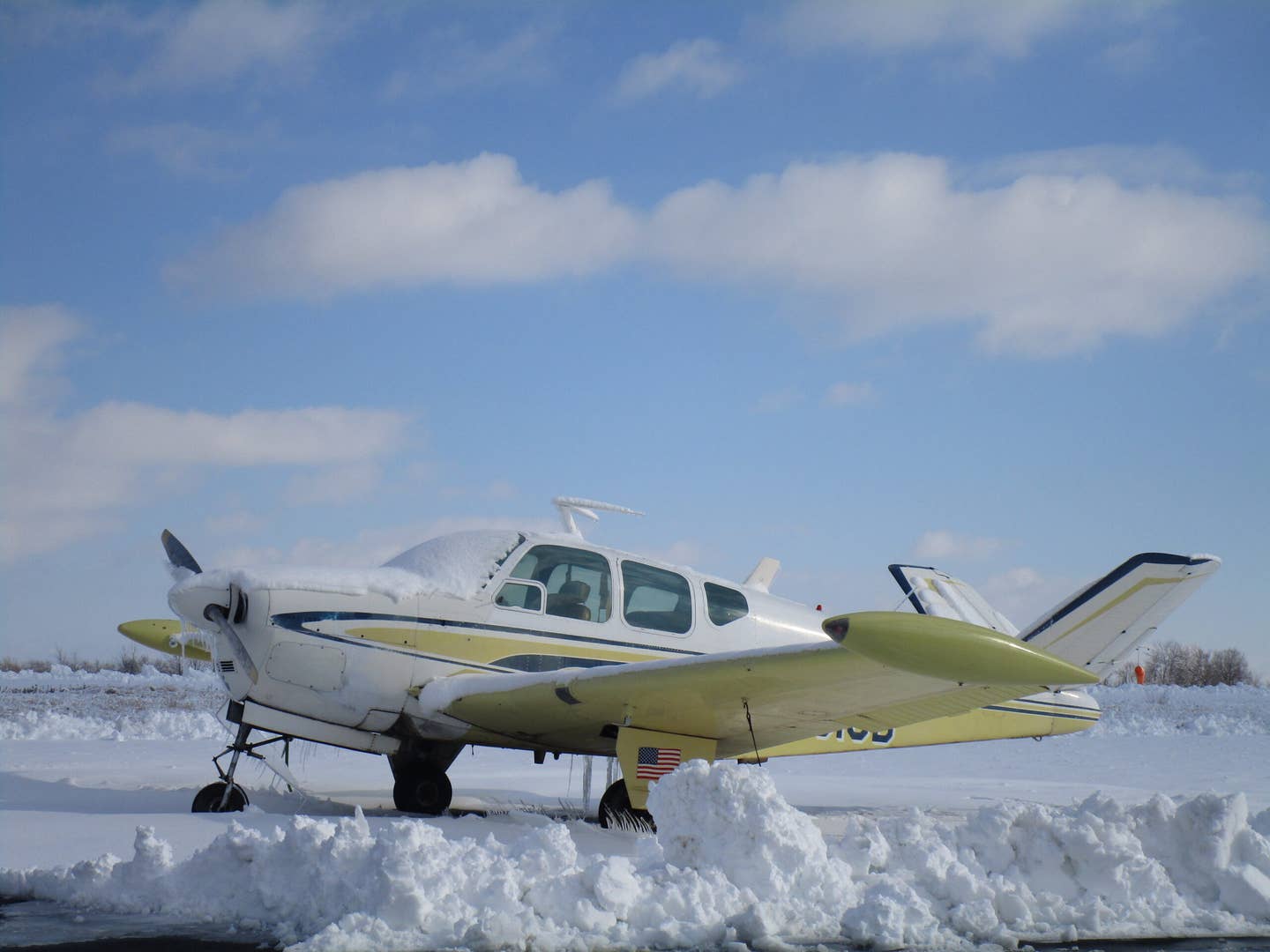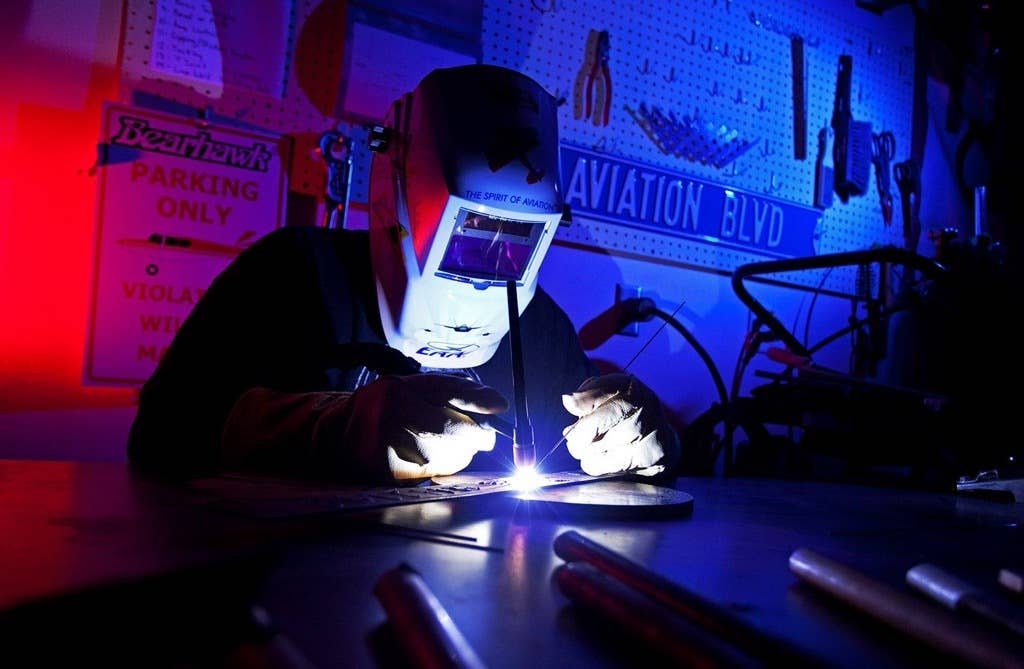Five Weird Airplanes That Were Surprisingly Popular
Sometimes an oddball design fulfills the needs of customers who are more interested in utility than beauty.
There are usually good reasons for design weirdness, but they are usually hard to see through the unexpected angles and appendages. The odd approaches to configuration that you'll see here don't usually reflect the designer's aesthetic sensibilities but, rather, the design performance or mission goals that wound up driving the design decisions. These decisions, like the giant balloon-like forward fuselage of the Airbus Beluga, are for a specific reason, and the same is true for every one of the planes in our lineup here. One thing most of these planes have in common is the commitment by the designer or the manufacturer to the unusual aspect of the design, and while some of the creators celebrated the design as much as the performance improvements or mission capabilities they bring, most wind up getting smitten by the resultant beauty and/or oddness of the plane.
Cessna 207
The Cessna 206, a stretched 182/205/210, has a nose that's perhaps a little too prominent for some folks. So when Cessna decided to give its backcountry operators an extra passenger seat by stretching the 206, the effect was very odd, like looking at a 206 in a stretchy funhouse mirror. But the plane made all kinds of sense in other ways. The 45-inch stretch at first gave a single extra seat in back, which was later joined by a second additional passenger section.
The lengthening also gave operators a coveted new feature, a forward baggage storage area, allowing more passenger bags (because there were more passengers) to be stuffed in front. An extra passenger or two might not seem like that big a deal, but to charter operators, it's huge, expanding margins substantially.
After a few years, Cessna gave the 207 a turbocharged Continental engine of increasing power and reliability. Turbocharging was, again, a feature prized by charter and tour operators, as it gave better high-altitude performance and takeoff margins.
These commercial operators voted with their wallets for power over beauty. Cessna built 624 207s in a 15-year period between 1969 and 1984, and true to predictions, they were overwhelming bought and operated by short-haul charter companies that could fill the seats and still get where they were going.
Wilga
One of the most dramatically shaped planes in the sky, the PZL-104 Wilga was, like the other planes in this lineup, purpose built. In the case of this Polish utility plane, which went into service in 1962, the purpose was to be a multi-purpose sport plane, most notably a glider tug---in the former Soviet Bloc country, as elsewhere in Eastern Europe, sailplanes were big; still are. And it was eyed as a good jump plane, though it's unclear how often it was put to that use.
The overall look of the fuselage is compact, but the seating area is quite roomy. The rear fuselage has little side area, so designers gave the Wilga a tall tail. And because many of the runways the Wilga would ply were grass, dirt or gravel, a rugged gear and great ground clearance were also design priorities. Part of the unusual look of the gear is its dramatically forward angle and trailing link gear that reverses that forward line. The wing is fitted with slotted flaps and slats, to make it a true short takeoff and landing performer, with ridiculously short distances needed for landing and takeoff.
Part of the classic look of the Wilga is its round engine, at least in its original configuration. The Soviet-designed Ivchenko AI-14 nine-cylinder radial spinning a two-blade paddle-shaped prop. Later versions sported opposed engines, including versions of the Lycoming IO-540.
It's not known exactly how many Wilgas were produced over the 40-odd-years it was in production, but that number is well north of 1,000. In spite of or perhaps because of its odd looks, the Wilga never caught on in North America, though many have been imported, and a few were sold here by dealers in the '80s and '90s.
Famously, Mike Patey took a Wilga and leaned into the weirdness, modifying it extensively, including by adding a turboprop engine, coming up with a remarkable creation called Draco, which we featured on our cover in March 2019. The plane was heavily damaged in Reno in 2019 in a takeoff accident.
Ercoupe
One of the most fascinating airplanes in aviation history, the little Ercoupe, first developed in the 1930s as part of a government-backed designed project and first put into production by Erco, was one of those planes that looked odd for a good reason, or, in this case, for a number of reasons. Modern aviation observers often look at the plane, designed by Fred Weick (who also had a hand in creating the Piper PA-28) and think it's an eccentric plane that missed the mark when it came to the looks department. But it's so much more than that. The idea behind the Ercoupe was to create a plane that fixed everything about light planes. The intent was to develop an aircraft that was much safer to fly, and toward that end, they made it more user friendly.
There were no rudder pedals, it had limited elevator travel to reduce the likelihood of stall/spin accidents, and it had a nosewheel, a most unusual feature at the time, to make it easier to handle on the ground, i.e., more difficult to ground loop. The two-control design wasn't really. The plane has all three usual control surfaces, elevator for pitch, ailerons for roll and rudders for yaw, but the rudders and ailerons are interconnected, so there's no need for rudder pedals. Hence, you drive it around like a car on the ground and in the air, too, in a way. In fact, the "coupe" in the name was a reference to an automobile type, one having no rear doors, which was considered sporty at the time (and still is, to some extent). The control configuration allowed the plane to be maneuvered well enough while also keeping the controls coordinated enough to mitigate most spins.
It's hard to say exactly why the Ercoupe looks odd to many pilots, though the wide-set, twin tail is easy to point fingers at. Though, again, it was done for a reason. Because the Ercoupe mixes ailerons and rudders, it's important for the vertical control surfaces to be in relatively undisturbed air. When the plane is outfitted with a single (larger) empennage, it's actually a great-looking plane.
As far as popularity is concerned, the Ercoupe, with around 5,500 sold, did well despite a string of bad luck. Introduced just before World War II, it had to be pulled from production, and after the war, a glut of entry-level planes, tens of thousands of them, prevented the little coupe from gaining a foothold. And though a few different companies, including Mooney, tried their hands at building the Ercoupe, none of them enjoyed much success.
Piaggio P.180 Avanti
The '70s brought us the popular notion that for the past 70-ish years, airplane designers had been building it all wrong, and the twin pusher turboprop Piaggio Avanti, a plane that's at once beautiful and startlingly awkward, depending on what angle you see it from, was one of the fruits of that belief. The idea wasn't all because of Burt Rutan, just mostly. Rutan, of course, created the Long EZ and VariEze, two extremely popular canard-configured homebuilt aircraft. A canard is a small wing in front, which acts as a stabilizing airfoil, usually with an elevator incorporated. Canards tend to be efficient and fast at cruise, even on limited power, though most require a good deal of runway to work with, much more than conventionally configured aircraft.
The Avanti, first proposed in the late '70s and certified in 1990, was a direct outgrowth of the canard craze of the day. Upon first glance, many pilots assume it's of composite construction, but it's mostly made of metal, like more conventional planes. While controversy rages about whether the forward wing of the Avanti is a canard or just a second wing, we'll call it a canard here. Regardless, the Avanti is inarguably as different a business aircraft as imaginable, along the lines of the all-composite Beechcraft Starship (which was designed by Rutan). The Starship, in our estimation, at least, is the more attractive of the two, but the Avanti is faster. With a max speed of 400 knots and a cruise speed of around 320 knots, it's not as fleet as some small business jets, but it's close.
With a seating capacity of up to nine, a max range of better than 1,500 nm and fuel efficiency that light jets can't touch, the Avanti was an attractive option. And from some angles, it's an attractive airplane (though no one likes the crazy whining noise it makes as it approaches to land). In flight, it's a work of art, but in the pattern and on the ground, not so much. Especially on approach, with its gear hanging out and the nose pointing down, the Avanti looks like there's simply too much going on. Its owners, however, would argue that it's just the right amount.
The Avanti has been in more or less continuous production since the early '90s and has undergone numerous design improvements along the way. The latest model, the EVO, features several performance and quality-of-life improvements, with more promised to come. And while its futuristic looks won't appeal to everyone, with more than 250 Avanti P.180s in the world, it has clearly appealed to more than a few.
Cessna 337
By the 1960s, it was clear that twins were problematic. The whole theory behind the safety claims that manufacturers put forward was that in the case of an engine failure, you could still fly on with the remaining good engine. That was a best-case scenario. While we don't know how many hundreds or thousands of engine failures never got reported, seeing there was no accident to prompt such a report, we do, unfortunately, know that there were a lot of loss-of-control accidents from twins losing an engine and the pilot losing control of the airplane. The most common scenario for this kind of accident was when an engine failed at the most inopportune time, right after takeoff, when the plane was slow and risk of loss of control was great. These crashes still happen, of course, though better training, improved design---including the use of counterrotating engines---and the dominance of single-engine models in light GA have decreased that number substantially.
But in the 1960s, Cessna, which manufactured many twin-engine models, including its uber-popular Cessna 310, was well aware of the problem and decided to do something about it. That something was a new twin-engine model with both engines, one a conventional tractor engine on the front and the other, a pusher, on the back, providing thrust directly on the centerline, so there was no asymmetrical thrust from the one remaining engine, so there was, therefore, no critical engine-out climb speed. Everything is easier and safer, at least in theory.
The 337 started life in 1961 as the Skymaster 336, a lower-powered, fixed-gear model. Before long, the original version went away, and the retractable-gear version became the sole Skymaster. At one point, it got turbocharged engines, and Cessna even produced a pressurized version of it---more than 400 of the P-models were built.
And there were issues, including accidents from the rear engine shutting down before takeoff (and the pilot not noticing), and the noise it makes is, let's just say, less than pleasant.
Still, Cessna built nearly 3,000 of them during the nearly 20 years it was produced, including several hundred for the military, which designated it the O-2. All of them were ungainly looking, though they did look much better in flight than on the ground or in the pattern, when its spindly gear was tucked up and the gangly appearance made more presentable despite its too-many-engine and too-many-tails appearance.

Subscribe to Our Newsletter
Get the latest Plane & Pilot Magazine stories delivered directly to your inbox






